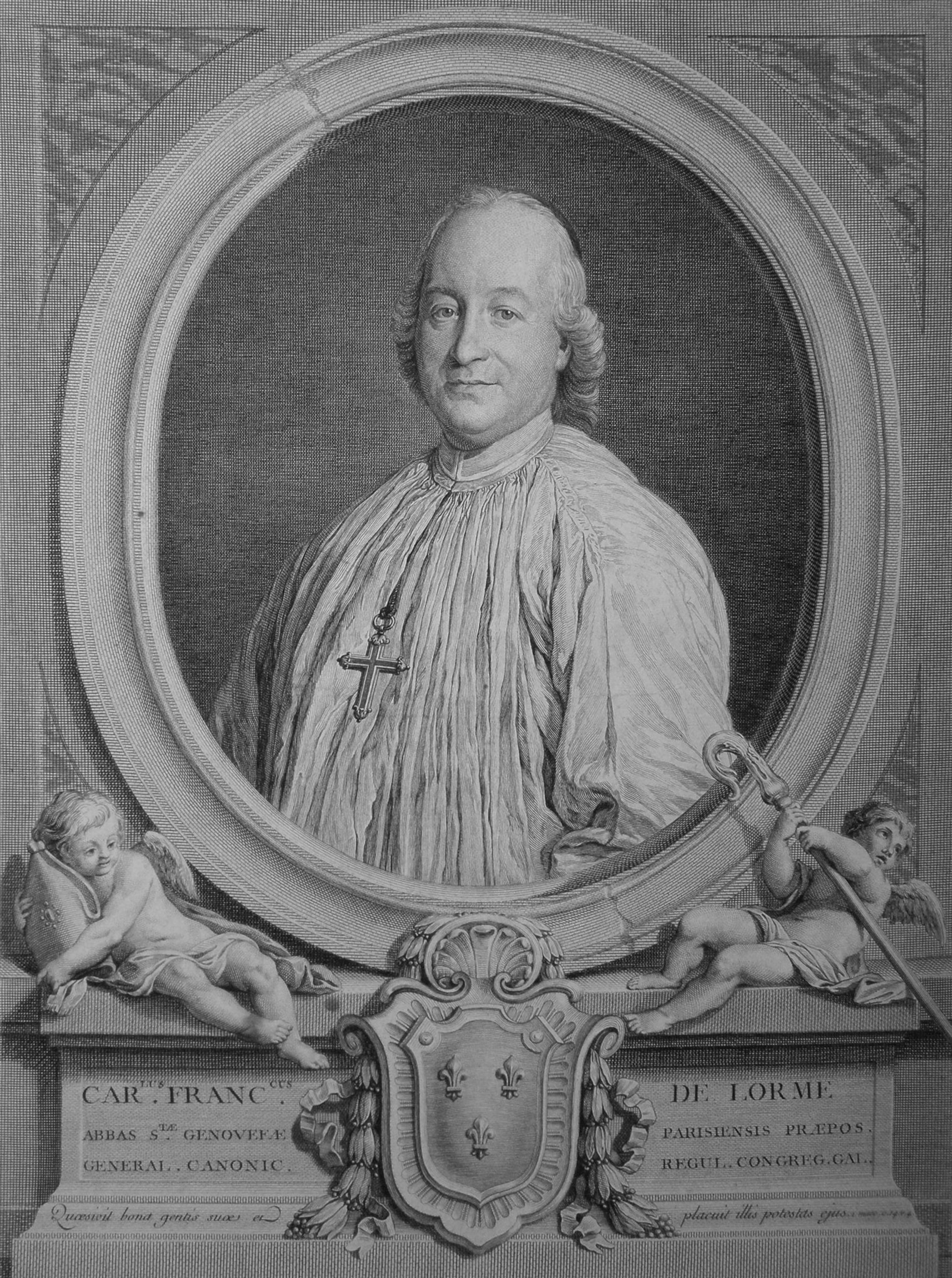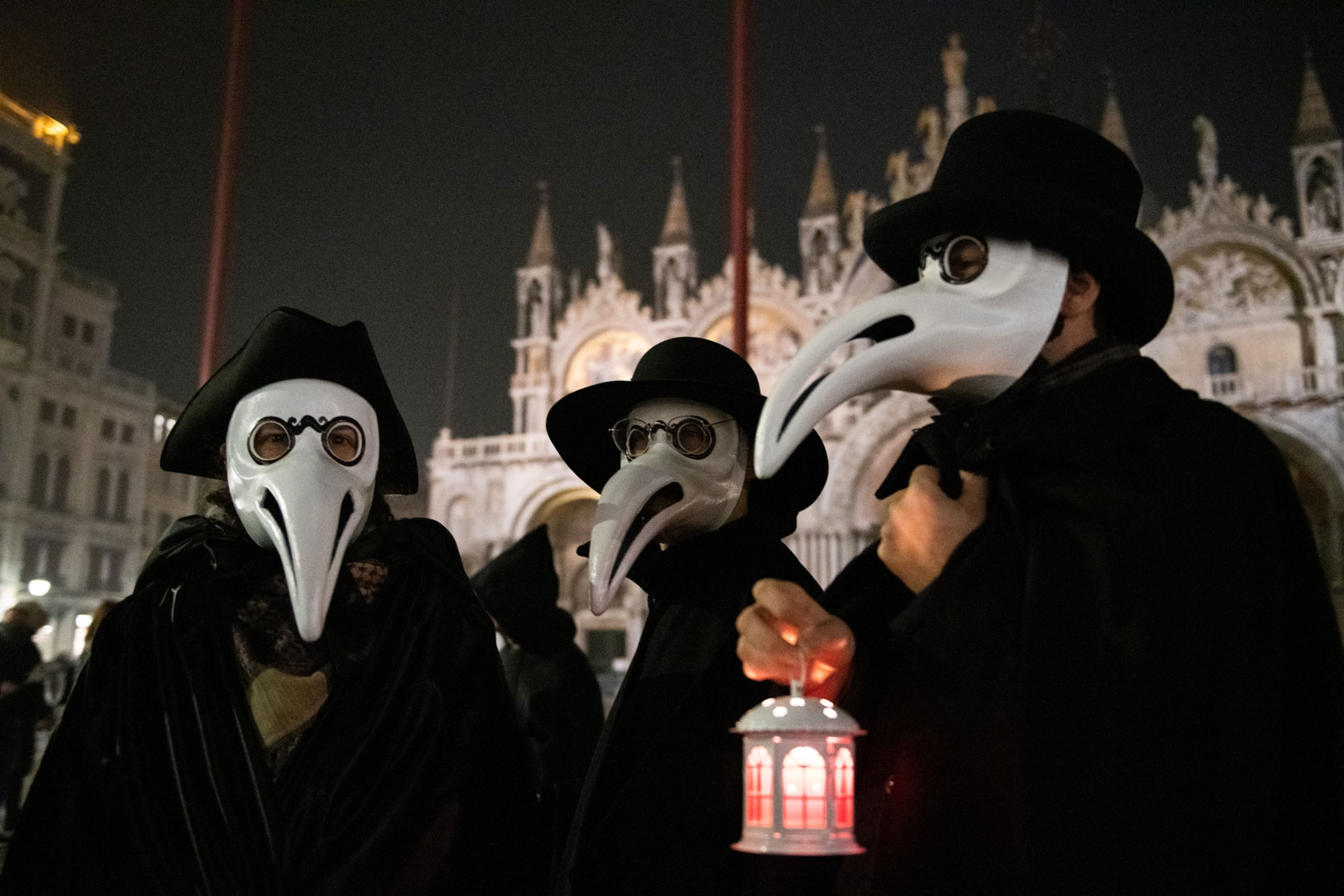The image of a plague doctor, cloaked and masked with a long, bird-like beak, is one of the most haunting and recognizable symbols of the Black Plague. While often associated with the peak of the Black Death in the 14th century, the iconic mask actually emerged much later, during the 17th century. This distinctive attire wasn’t just a macabre fashion statement; it was a carefully constructed uniform designed to protect physicians from what was believed to be the cause of the deadly disease: miasma, or poisoned air.
 Charles de Lorme
Charles de Lorme
Charles de Lorme, a prominent 17th-century physician, is widely recognized for his role in popularizing the plague doctor’s uniform.
The Genesis of the Plague Doctor’s Costume: Charles de Lorme’s Design
The creation of this peculiar and unsettling outfit is largely attributed to Charles de Lorme, a physician who provided medical care to numerous European royal figures during the 1600s. His esteemed clientele included King Louis XIII and Gaston d’Orléans, son of Marie de Médici. De Lorme meticulously described a protective suit that was intended to shield doctors from the plague. This ensemble featured a long coat coated in fragrant wax, breeches that fastened to boots, a shirt tucked securely within, and gloves and a hat crafted from goat leather. Adding to their arsenal, plague doctors also carried a rod, utilized for prodding and examining patients without direct contact, or to fend off unwanted interactions.
The Beaked Mask: Filtering Miasma with Aromatics
The headwear of these doctors was particularly striking and peculiar. According to de Lorme’s descriptions, plague doctors donned spectacles and a mask characterized by a beak “half a foot long, shaped like a beak, filled with perfume.” This beak-like protrusion was not merely for show. It served a crucial function within the miasma theory of disease. The mask had only small perforations near the nostrils, designed to allow breathing while simultaneously filtering the incoming air through a blend of aromatic herbs and substances packed within the beak.
Plague doctors filled the mask’s beak with theriac, a complex concoction of over 55 herbs and other ingredients, including viper flesh powder, cinnamon, myrrh, and honey. The beak’s elongated shape was conceived to provide ample time for the air to be infused with the purported protective properties of these herbs before reaching the doctor’s respiratory system. The belief was that these strong and sweet scents could counteract the poisonous miasma, thus safeguarding the wearer from contracting the plague.
An Enduring Symbol: The Plague Doctor Mask in Culture
While variations of these plague doctor outfits were employed across Europe, the Italian interpretation of the costume became especially iconic. In Italy, the “plague doctor” figure transcended its medical origins and became a recurring character in the Italian commedia dell’arte and the vibrant Carnival celebrations.
 three people wearing plague doctor masks
three people wearing plague doctor masks
Venetian Carnival revelers dressed in elaborate plague doctor costumes, illustrating the mask’s transformation into a cultural icon.
Even today, the plague doctor mask remains a popular and recognizable costume, demonstrating the lasting impact of this historical attire on popular imagination. The eerie silhouette continues to evoke a sense of mystery, fear, and fascination, linking back to a time when medicine grappled with understanding and combating devastating epidemics like the Black Plague. The doctors masks, born out of a specific historical context and a now-disproven medical theory, have nonetheless secured their place as a potent and enduring symbol in both medical history and popular culture.


